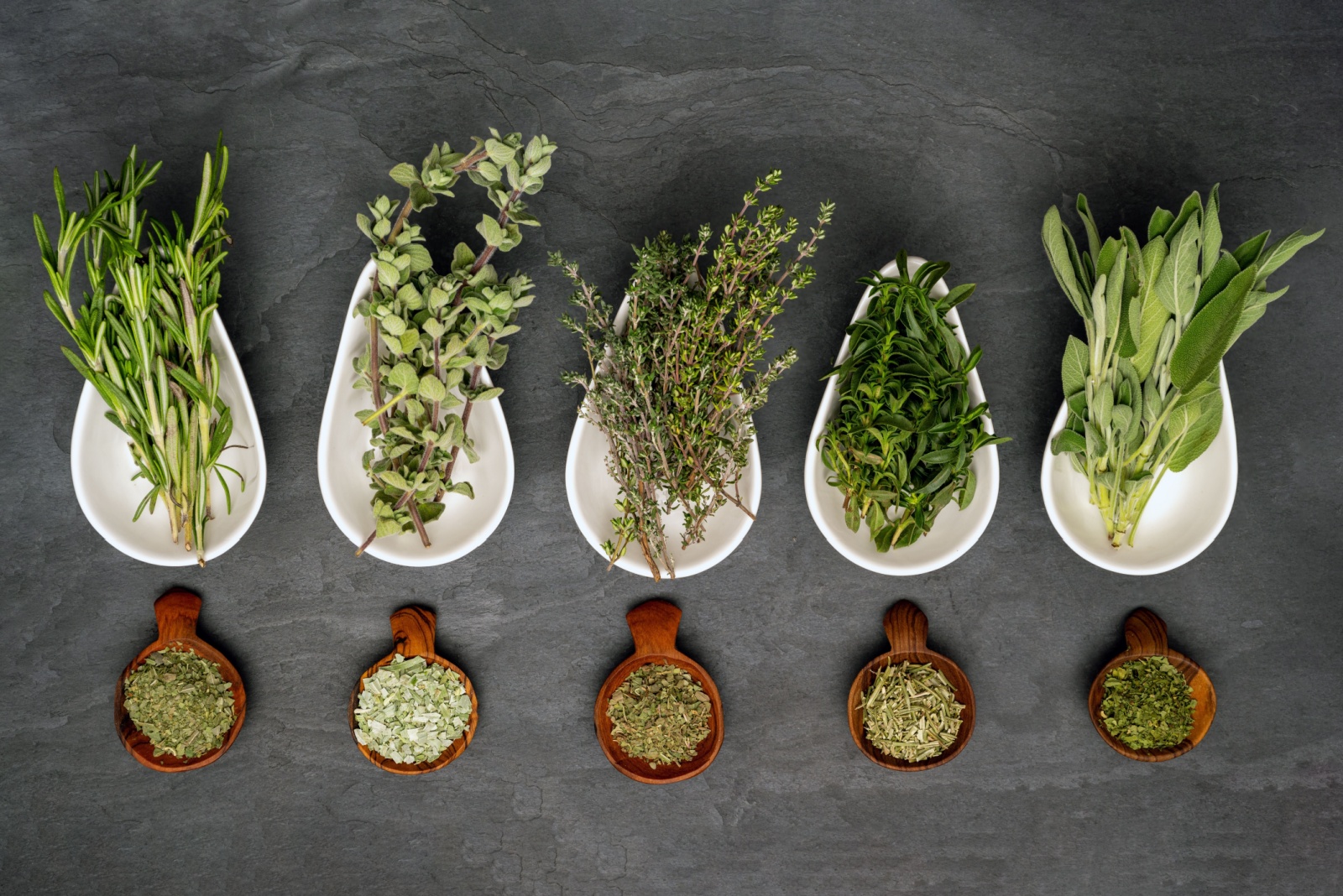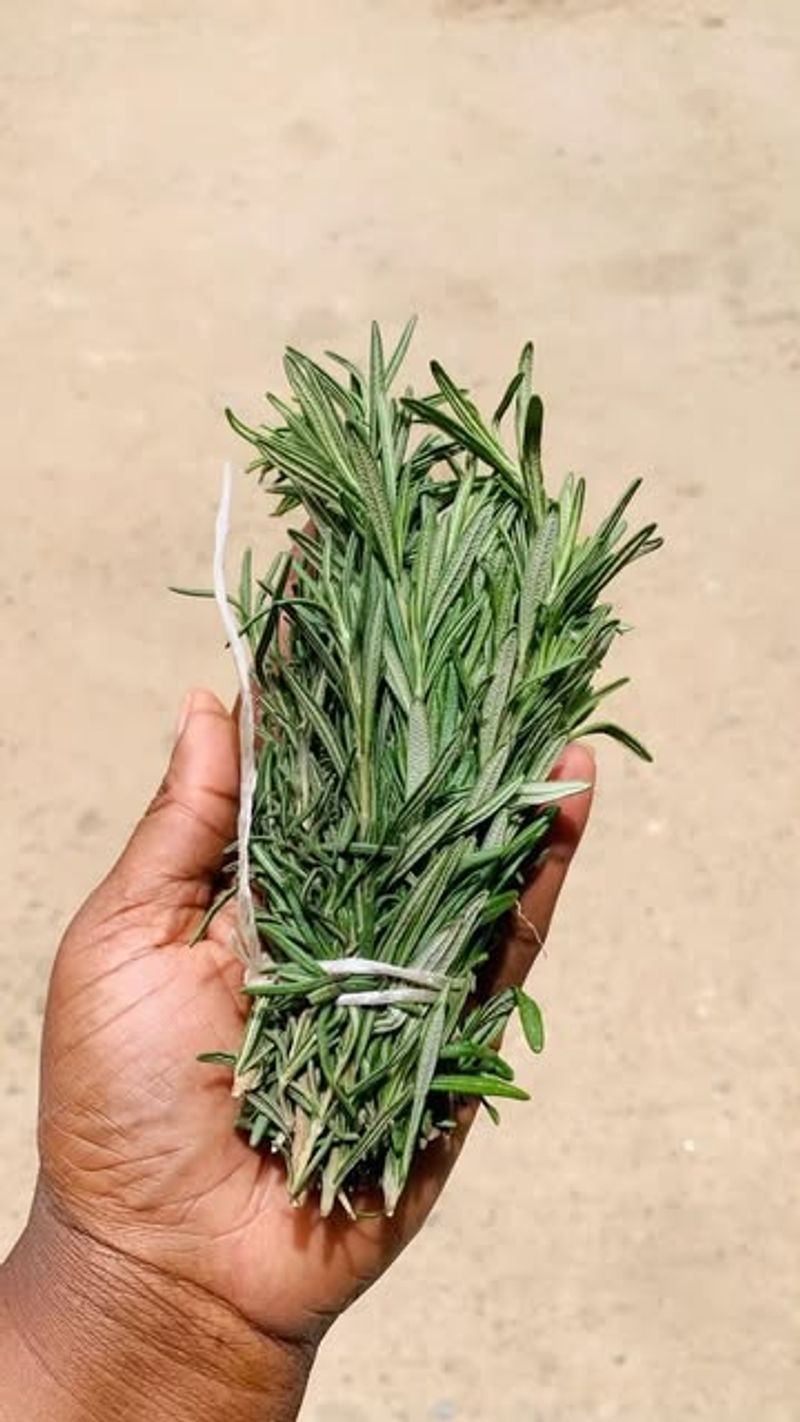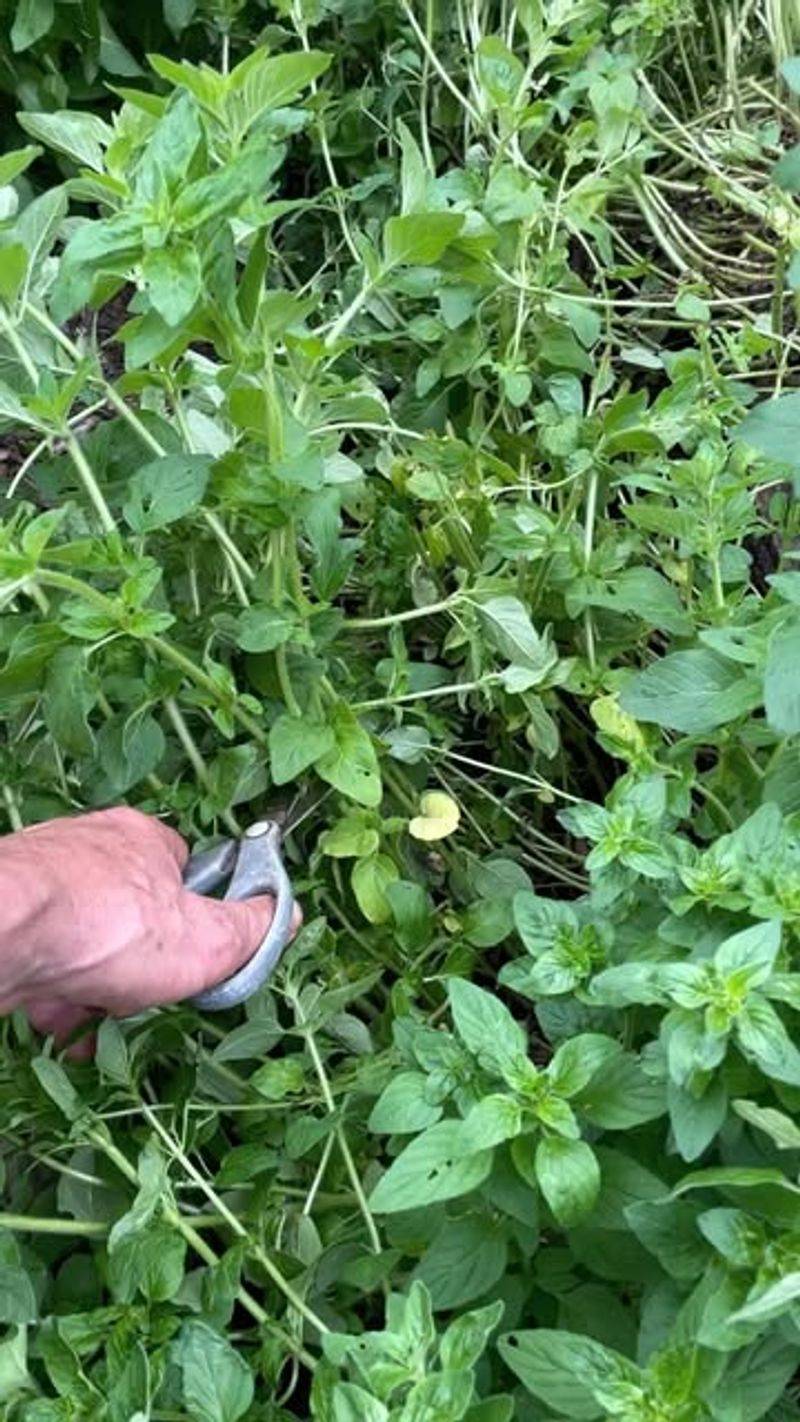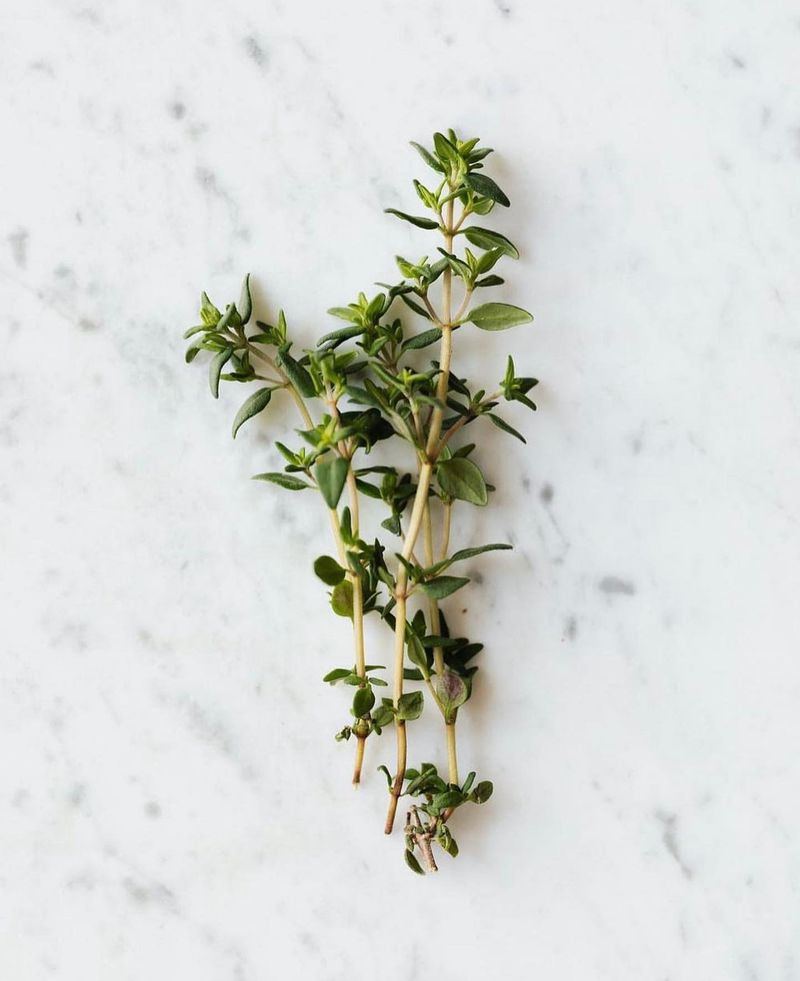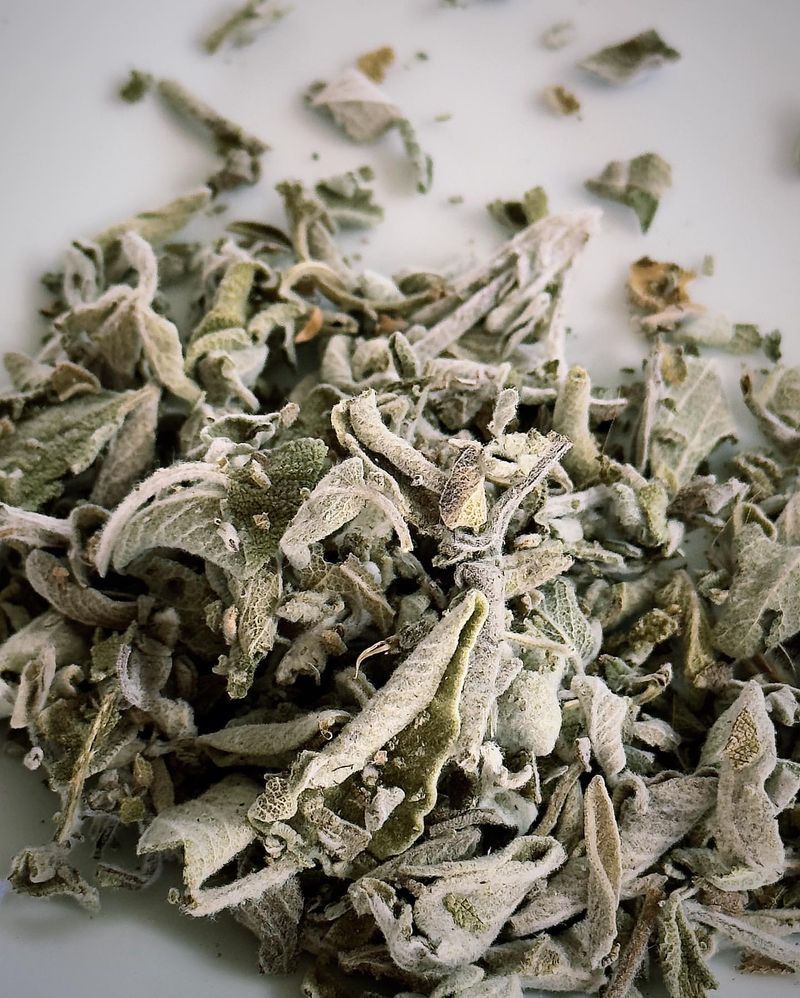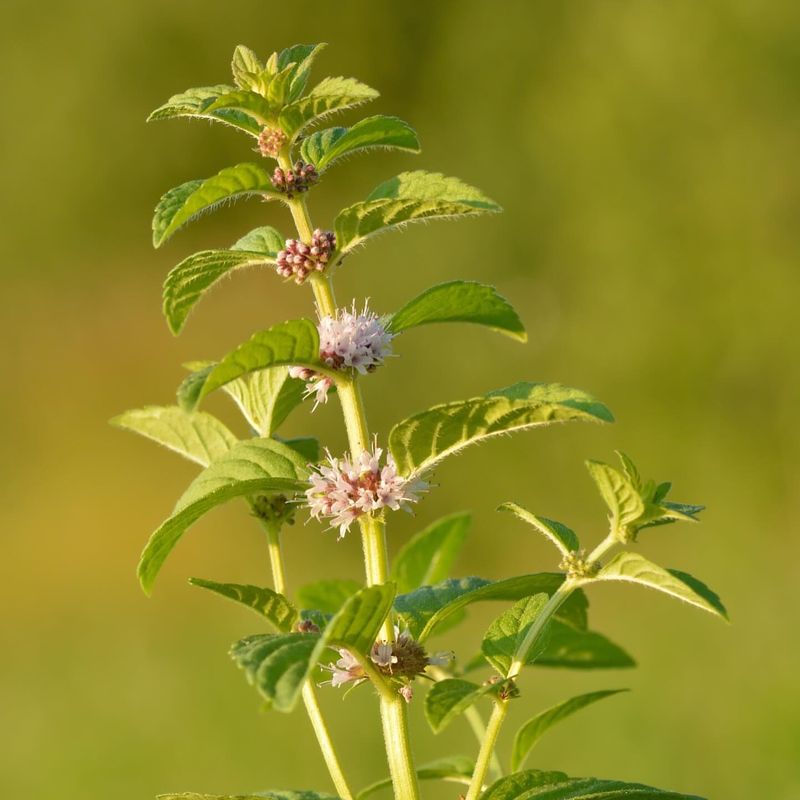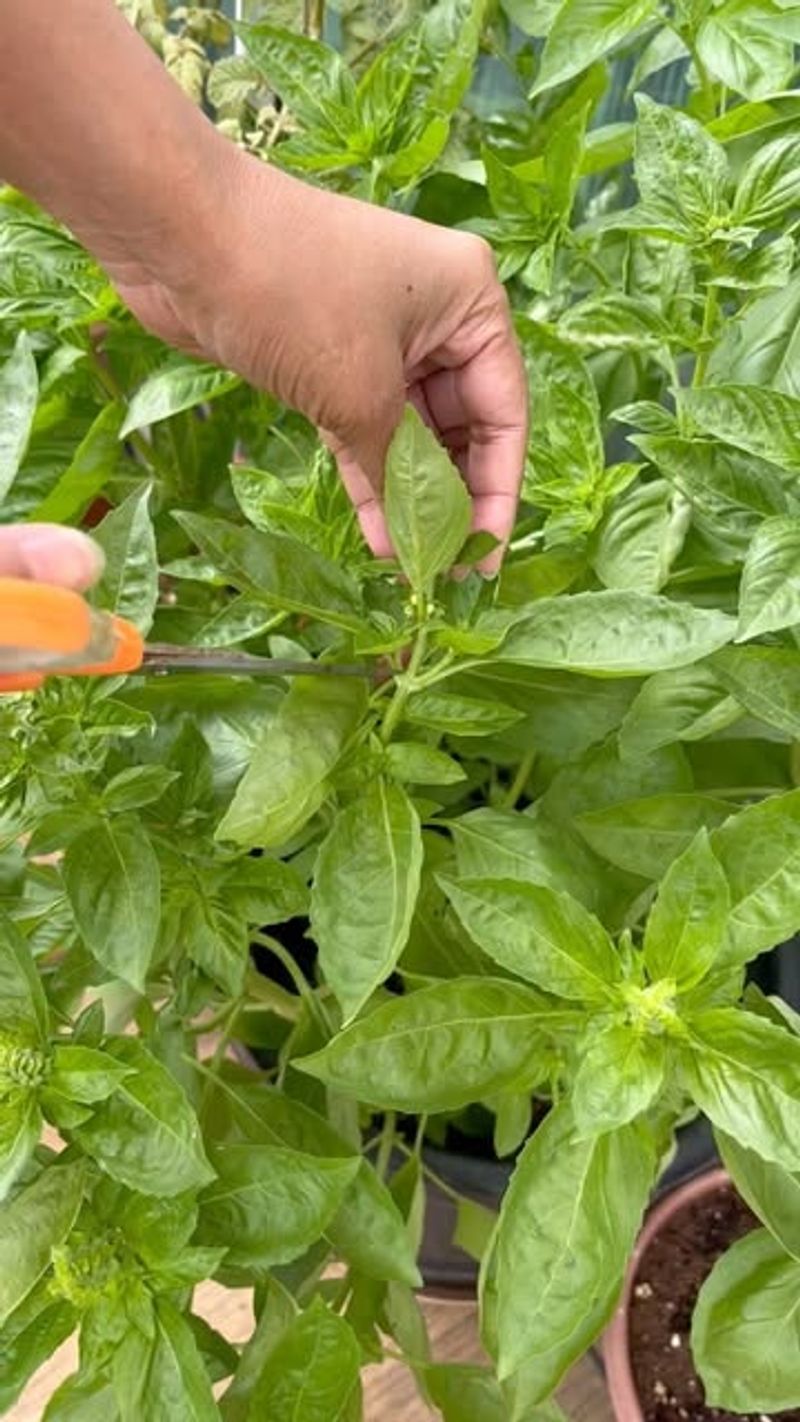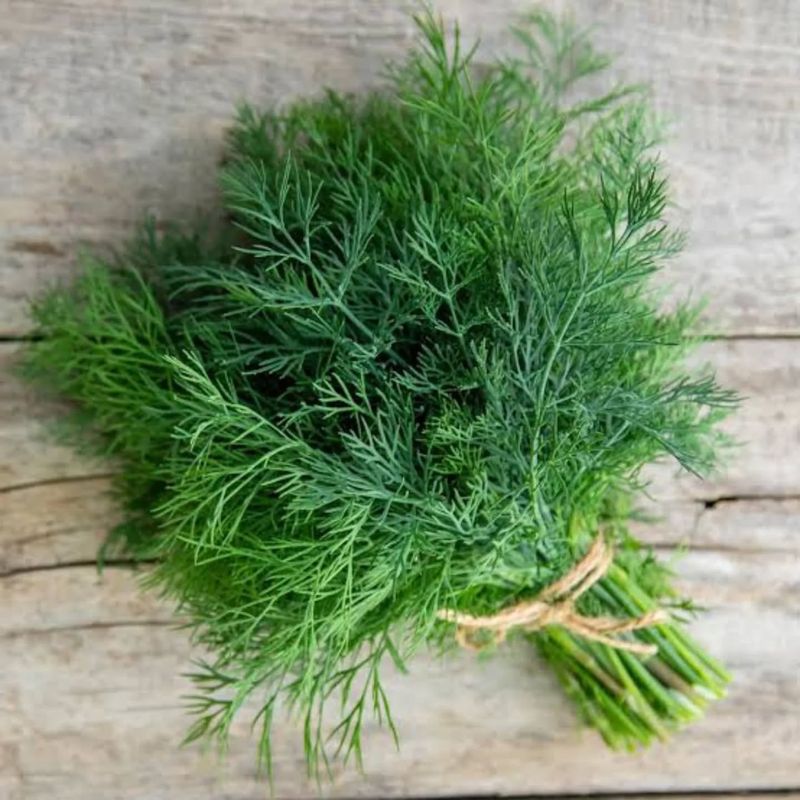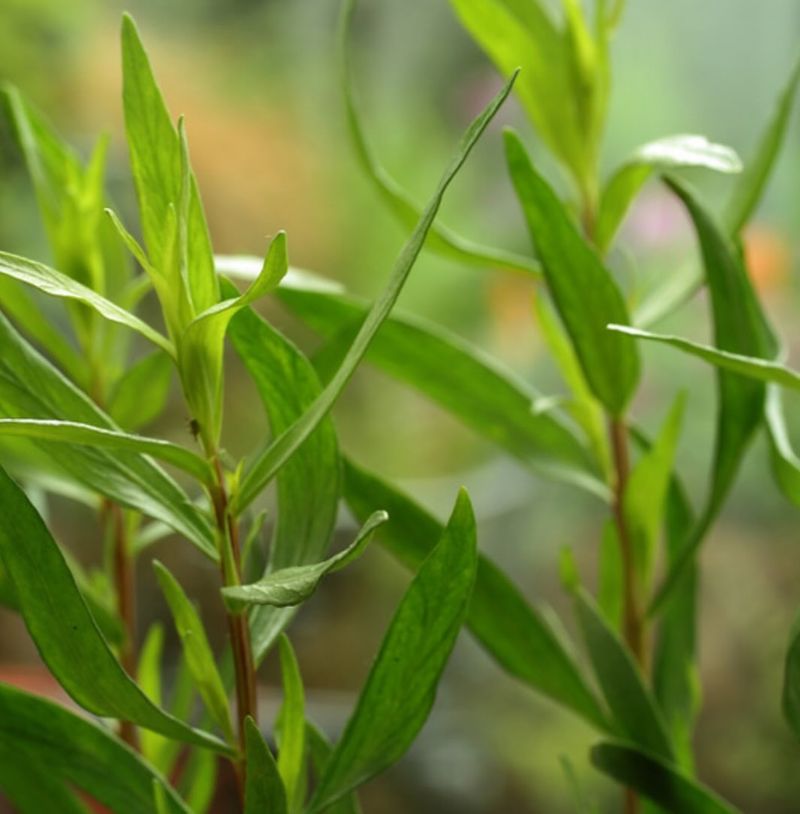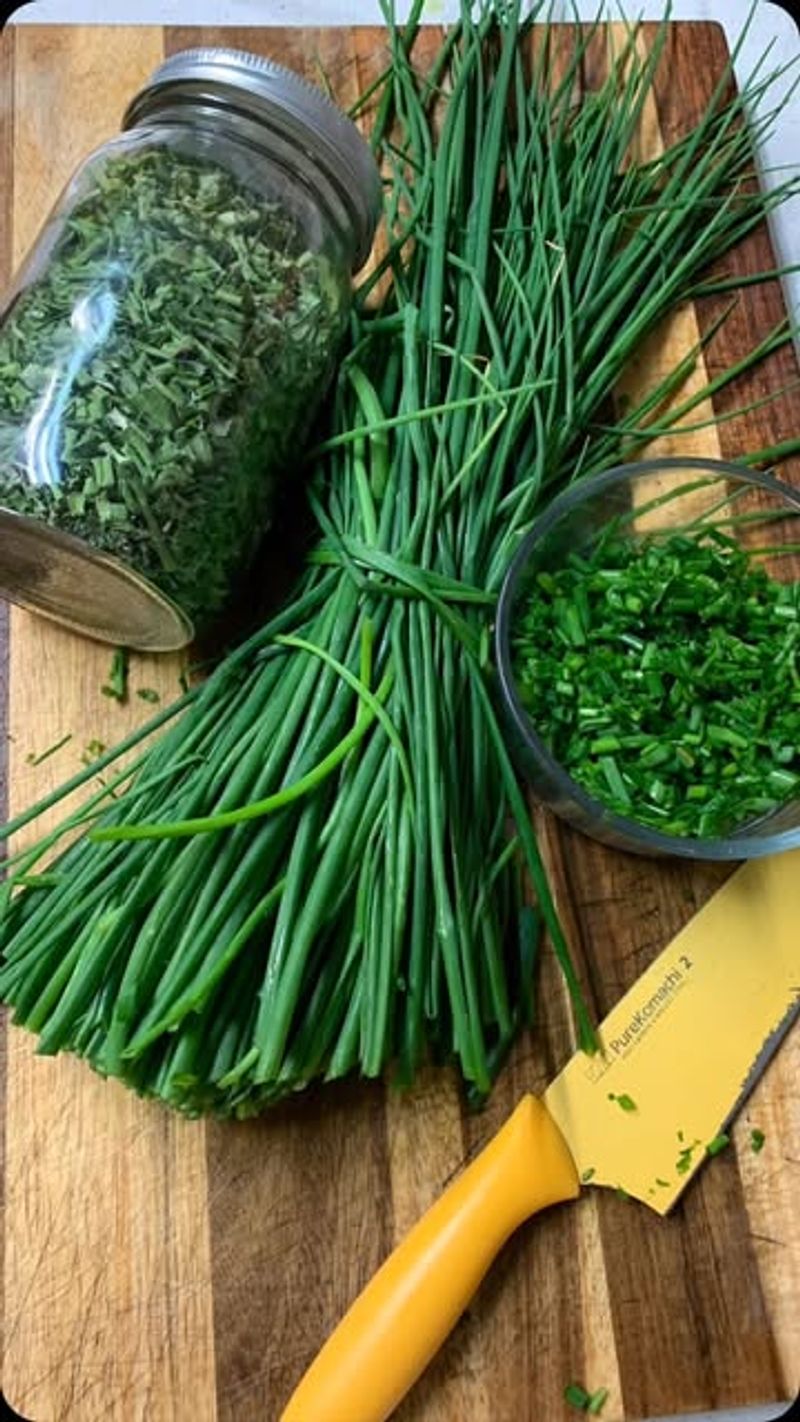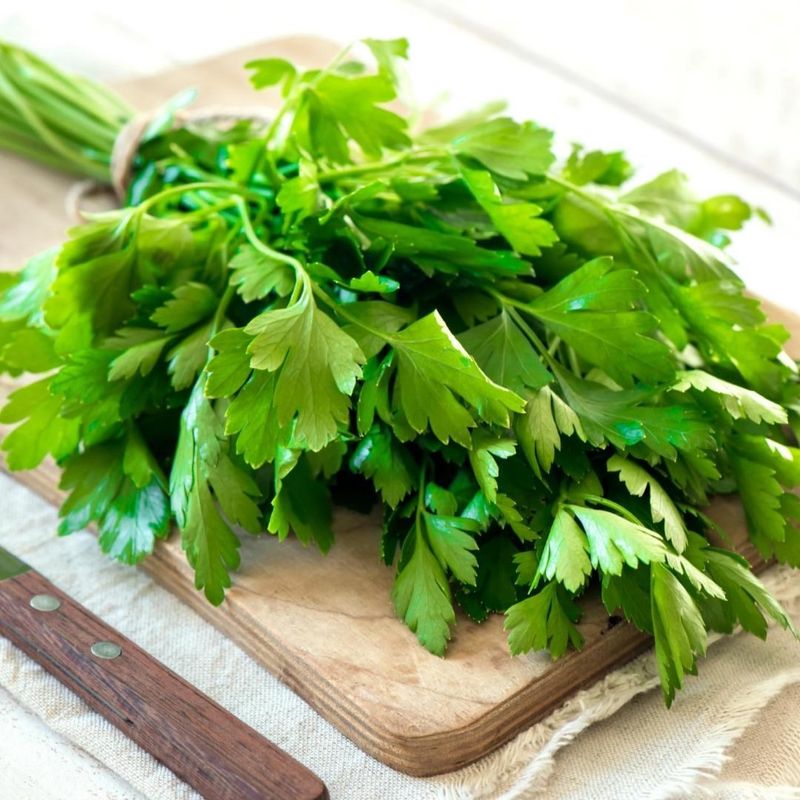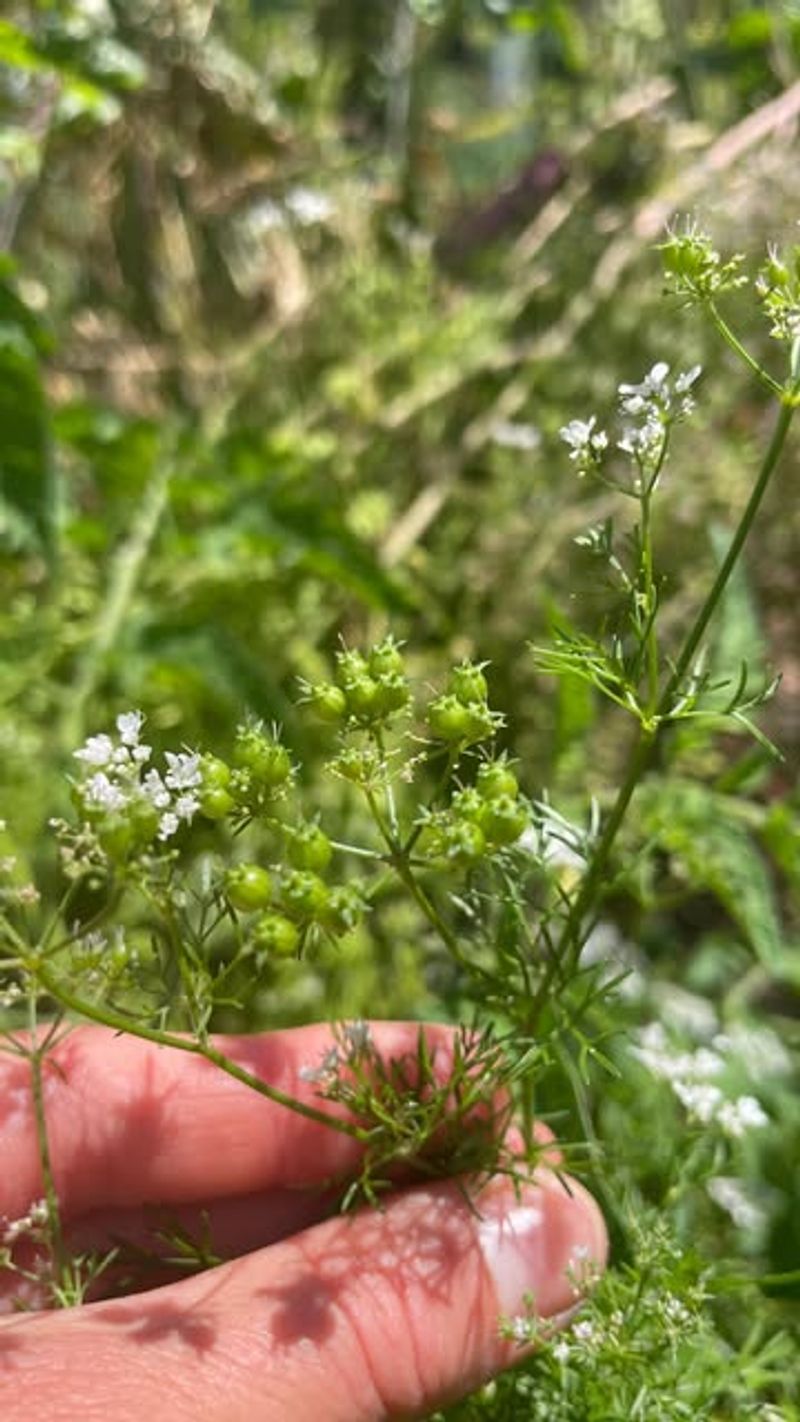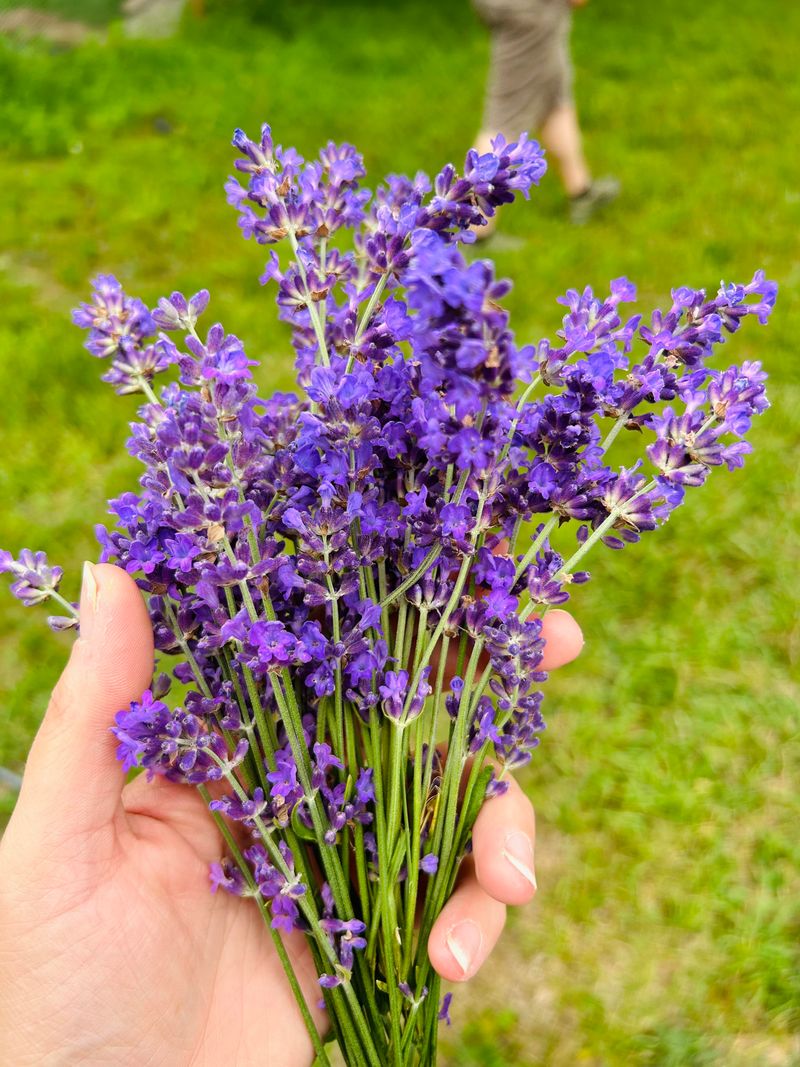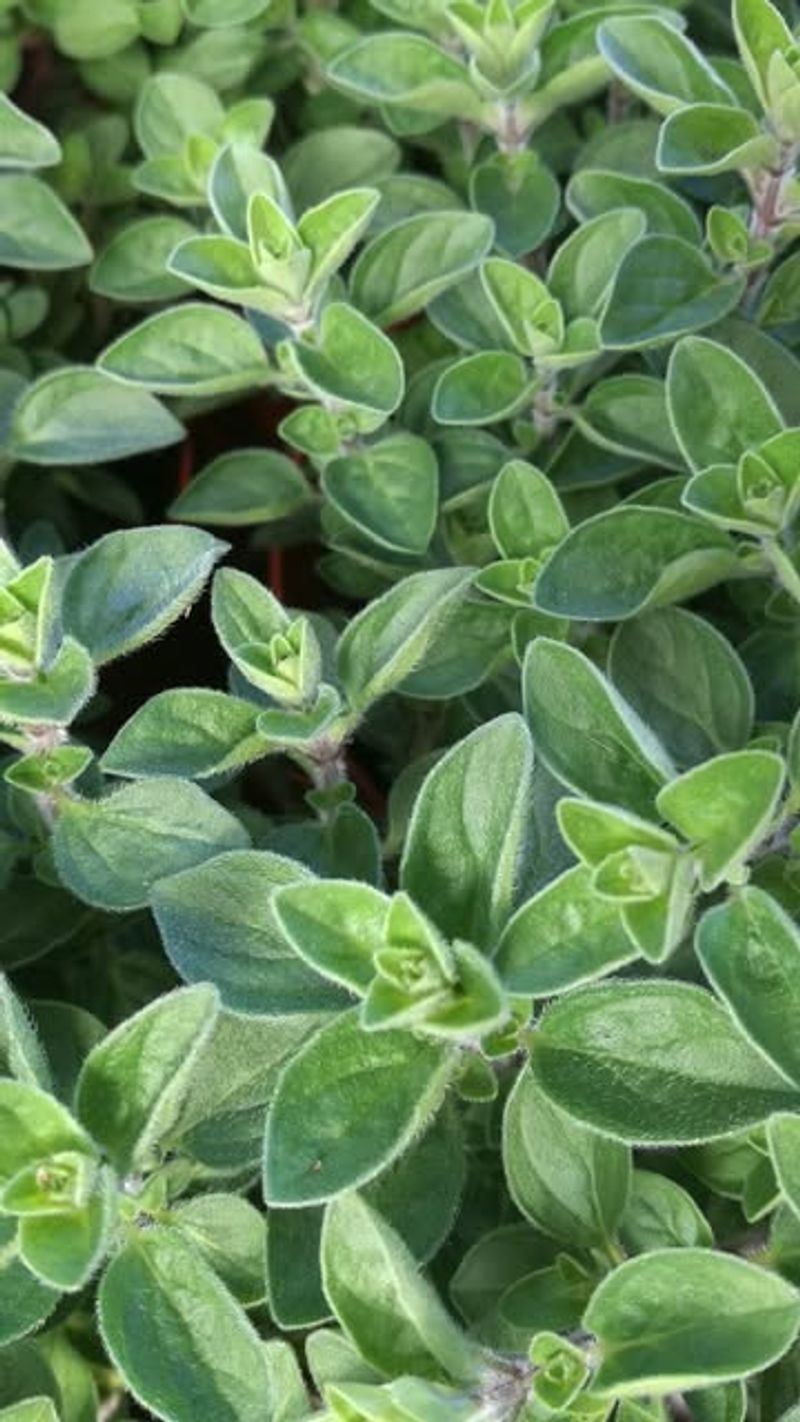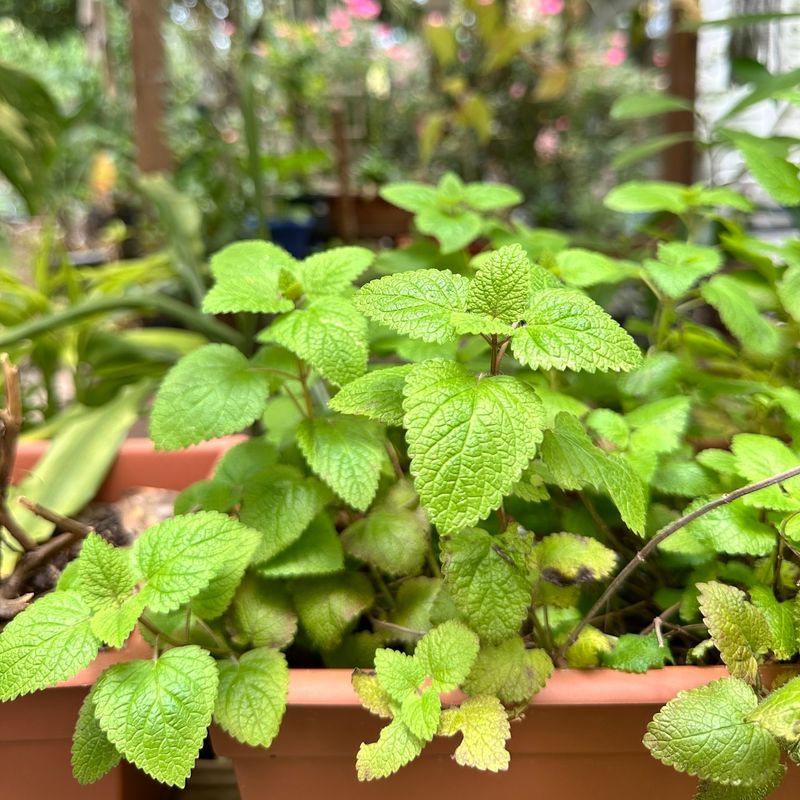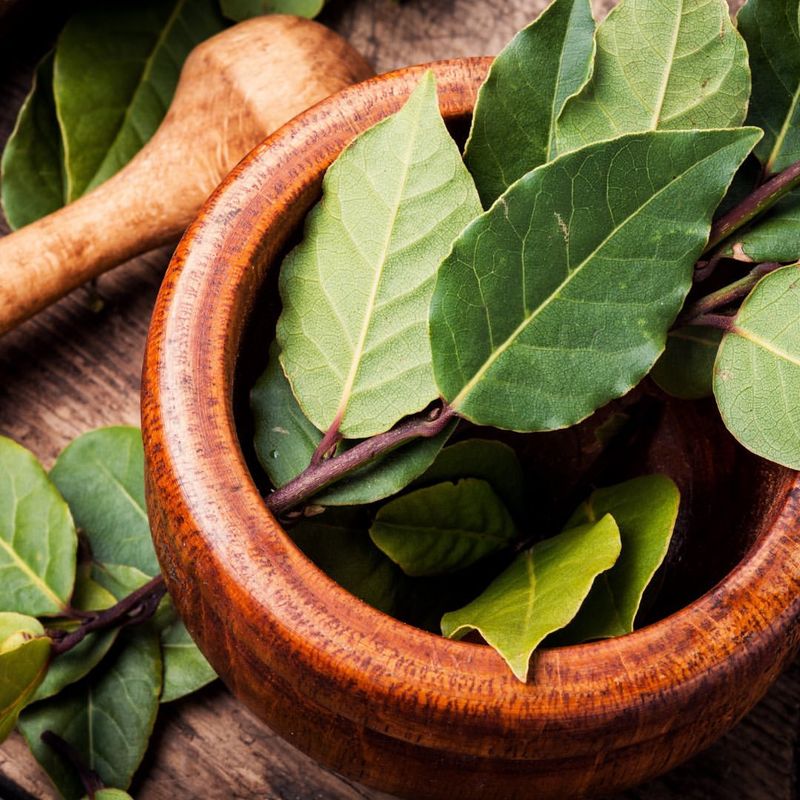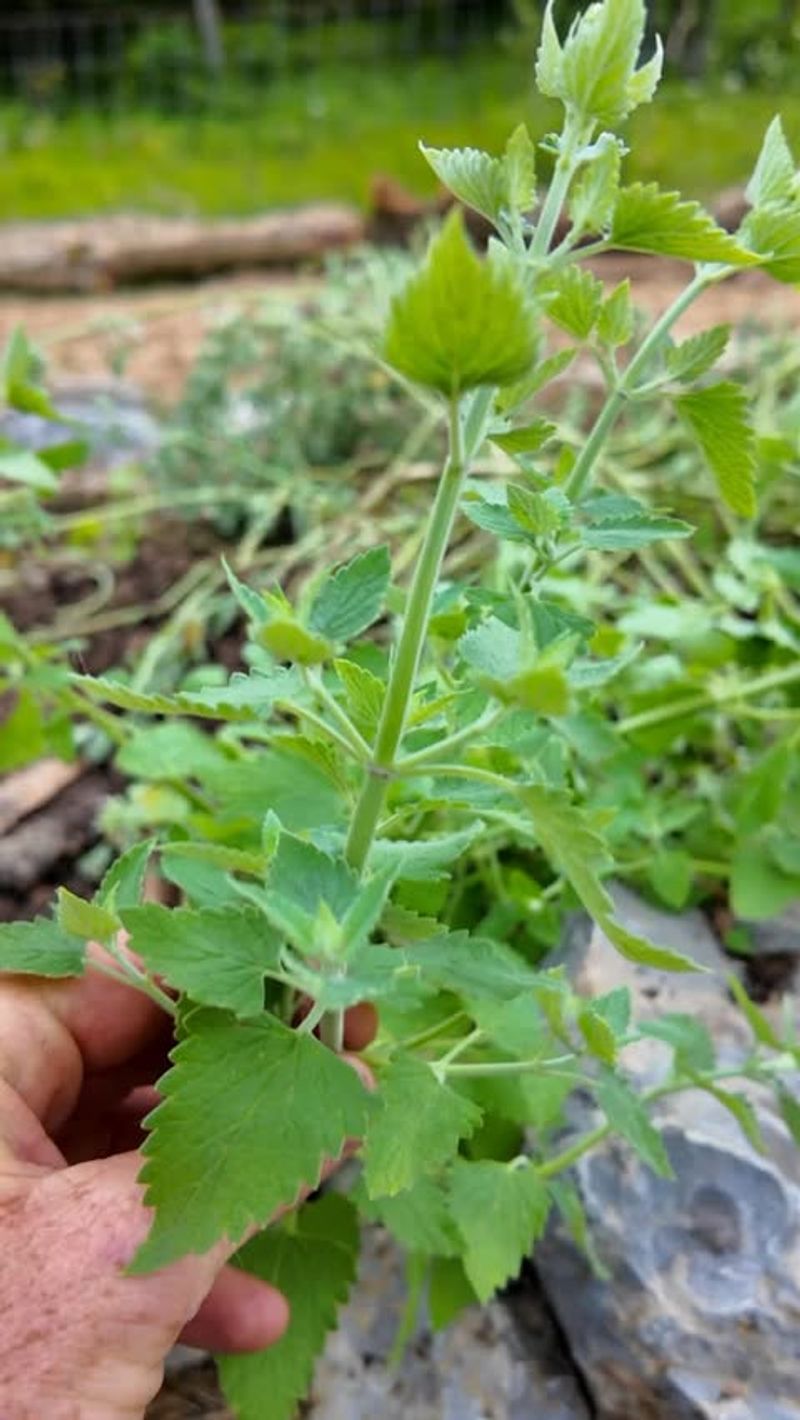New Mexico’s dry climate is ideal for growing and preserving herbs. As summer fades and cooler autumn temps roll in, many herbs hit peak flavor. I’ve found that harvesting before the first frost gives you the most vibrant, long-lasting results.
Our intense sun, low humidity, and big temperature swings help herbs develop concentrated essential oils. That means stronger flavors when dried right. Some even taste better here than in more humid regions, thanks to our alkaline soil.
Drying herbs before winter isn’t just smart—it’s a way to hold onto summer’s bounty. It connects us to old-school preservation traditions and keeps our cooking bold through New Mexico’s chilly months.
1. Rosemary
This woody perennial thrives in New Mexico’s sunny, dry conditions and maintains its flavor beautifully when dried. Harvesting before winter protects the most potent oils from being damaged by frost.
Cut 6-8 inch stems in the morning after dew has dried but before the day heats up. Simply hang small bundles in a warm, dark spot with good air circulation.
The sturdy needles dry quickly in our arid climate, usually within 1-2 weeks, and maintain their robust flavor for months when stored in airtight containers.
2. Oregano
Few herbs match oregano’s ability to flourish in New Mexico’s challenging growing conditions. The intense sunshine concentrates its essential oils, creating a more potent dried product than you’ll find in stores.
Harvest oregano just before flowering for maximum flavor. In our climate, the drying process happens quickly—just 3-5 days when hung in small bunches in a well-ventilated area.
Many local gardeners note that New Mexican-grown oregano develops a unique peppery quality that enhances traditional dishes throughout winter months.
3. Thyme
Hardy and drought-resistant, thyme practically begs to be grown in New Mexico gardens. Its tiny leaves contain concentrated flavor that intensifies when dried properly before winter arrives.
Cut stems in mid-morning when oil content peaks. The dry air of New Mexico makes thyme especially easy to preserve—simply lay stems on screens in a single layer in a shaded, well-ventilated area.
Within a week, the leaves become brittle and can be stripped from stems. Store whole for maximum flavor retention, crushing only when needed for cooking throughout winter.
4. Sage
Native to arid regions, sage adapts beautifully to New Mexico’s growing conditions. The velvety leaves contain powerful aromatic compounds that preserve exceptionally well through our dry autumn air.
Harvest sage before it flowers, selecting stems with unblemished leaves. The thick texture requires longer drying time than more delicate herbs—about two weeks when hung in small bundles away from direct sunlight.
Many New Mexican gardeners find that home-dried sage develops a more complex, earthy flavor than commercially available varieties, making it worth the effort before winter arrives.
5. Mint
Despite New Mexico’s dry climate, mint grows vigorously with minimal care. Harvesting and drying before winter prevents waste and captures the cooling essential oils at their peak.
Cut long stems before flowering and hang small bunches upside down in a dark, well-ventilated space. Our low humidity speeds the process—leaves become crisp within 7-10 days.
The dried leaves retain their distinctive aroma for months when stored properly in glass containers. Many local gardeners separate varieties like peppermint and spearmint to create custom tea blends for cold winter evenings.
6. Basil
Fast-drying New Mexico air creates perfect conditions for preserving basil’s delicate flavor. Unlike hardier herbs, basil requires special attention when drying to maintain its distinctive taste through winter.
Harvest entire stems before the first flower buds appear. Rather than hanging, lay basil in a single layer on screens or drying racks in a warm, dark location with good airflow.
The leaves dry quickly in our climate—usually within 3-4 days—and should be stored immediately to preserve their aromatic oils. Many local cooks prefer this method to freezing for certain winter dishes.
7. Dill
Feathery dill fronds capture New Mexico’s abundant sunshine, developing intense flavor that preserves beautifully when dried before winter arrives. Both leaves and seeds offer different culinary applications throughout the cold months.
Harvest young fronds early in the day, before the heat releases volatile oils. For seeds, wait until they turn brown but before they drop naturally. The dry climate makes both parts easy to preserve.
Fronds should be dried quickly on screens, while seed heads can be hung upside down over paper bags to catch falling seeds. Complete drying typically takes just 4-5 days in our arid environment.
8. Tarragon
French tarragon thrives in New Mexico’s well-drained soils and sunny exposures. Its distinctive anise-like flavor concentrates wonderfully when dried before winter frost damages the tender leaves.
Cut stems in early morning when essential oils are most concentrated. Our dry climate allows for quick drying—simply hang small bundles in a warm, dark place with good air circulation for about a week.
The slender leaves become brittle when properly dried and should be stored whole rather than crushed. Many local herb enthusiasts note that New Mexican-grown tarragon develops especially intense flavor due to our abundant sunshine.
9. Chives
Preserving chives before winter requires different techniques than other herbs due to their high moisture content. New Mexico’s dry climate actually helps overcome this challenge when drying them for winter use.
Cut chives about an inch above soil level on a sunny morning. Instead of hanging, spread the hollow stems in a single layer on screens or paper towels in a well-ventilated area away from direct sunlight.
The drying process takes 7-10 days in our arid environment. Once completely dry, store in airtight containers away from light to maintain their delicate onion flavor throughout the winter months.
10. Parsley
Both flat-leaf and curly varieties of parsley grow beautifully in New Mexico gardens and preserve surprisingly well when dried correctly before winter. Many gardeners overlook this herb for drying, missing out on its year-round potential.
Harvest entire stems when plants are lush but before they flower. Wash carefully and pat dry before hanging in small bunches in a warm, dark location with excellent air circulation.
Our dry climate speeds the process—leaves become completely brittle within 7-10 days. Once dried, the leaves retain more flavor than you might expect and add welcome brightness to winter soups and stews.
11. Cilantro
While many herbs are dried for leaves alone, cilantro offers two preservation opportunities before winter: tender leaves and flavorful coriander seeds. Both dry exceptionally well in New Mexico’s arid climate.
Harvest young leaves early in the season, drying them quickly on screens in a dark, well-ventilated area. Later, allow some plants to flower and set seed, then harvest entire seed heads when they turn brown.
The leaves dry within 2-3 days, while seed heads take about a week. Many local cooks appreciate having both forms available during winter months for authentic regional dishes.
12. Lavender
New Mexico’s climate closely resembles lavender’s Mediterranean origins, producing plants with exceptional oil content. Harvesting and drying before winter preserves these precious aromatic compounds for months of use.
Cut stems when flower buds have formed but before they’ve fully opened. Bundle 8-10 stems together and hang upside down in a dark, dry area with good air circulation.
Complete drying takes about two weeks in our climate. The dried buds can be used for culinary purposes, sachets, or bath products throughout winter, bringing a touch of summer calm to the coldest days.
13. Marjoram
Often overshadowed by its cousin oregano, marjoram develops exceptional sweetness when grown in New Mexico’s alkaline soils. Drying before winter locks in this distinctive flavor profile for months of culinary enjoyment.
Harvest stems just before flowering when oil concentration peaks. Small bundles dried in a warm, dark place with good air circulation preserve the herb’s delicate character.
The drying process takes just 5-7 days in our arid environment. Many local herb enthusiasts note that marjoram grown in New Mexico’s conditions develops a uniquely sweet, floral quality that enhances winter dishes.
14. Lemon Balm
Despite New Mexico’s dry conditions, lemon balm grows vigorously with minimal irrigation. Harvesting and drying before winter captures its bright citrus notes that bring freshness to cold-weather teas and dishes.
Cut stems in mid-morning after dew evaporates but before the day heats up. Handle gently to prevent bruising the aromatic leaves.
Hang small bundles in a dark, well-ventilated space where they’ll dry within a week in our climate. The dried leaves maintain their lemony fragrance remarkably well, especially when stored in airtight dark containers away from heat.
15. Bay Leaves
While true bay laurel isn’t native to New Mexico, it grows surprisingly well in protected locations. Harvesting and drying leaves before winter ensures a steady supply of this essential culinary herb.
Select mature, unblemished leaves from the middle of branches. Unlike softer herbs, bay leaves dry best when laid flat in a single layer in a dark, well-ventilated area.
The thick leaves take longer to dry in our climate—about two weeks until completely brittle. Home-dried bay leaves offer significantly more aroma than store-bought versions and maintain their potency for up to two years.
16. Catnip
Beyond its feline appeal, catnip grows abundantly in New Mexico gardens and dries exceptionally well before winter. The dried leaves make soothing teas that help combat winter colds and promote relaxation.
Harvest stems before flowering for the mildest flavor, cutting in the morning when essential oils are most concentrated. Hang small bundles in a warm, dark location with good air circulation.
Our dry climate speeds the process—leaves become completely brittle within 5-7 days. Many local herbalists incorporate dried catnip into winter wellness blends, appreciating its gentle calming properties during the season’s shorter days.

